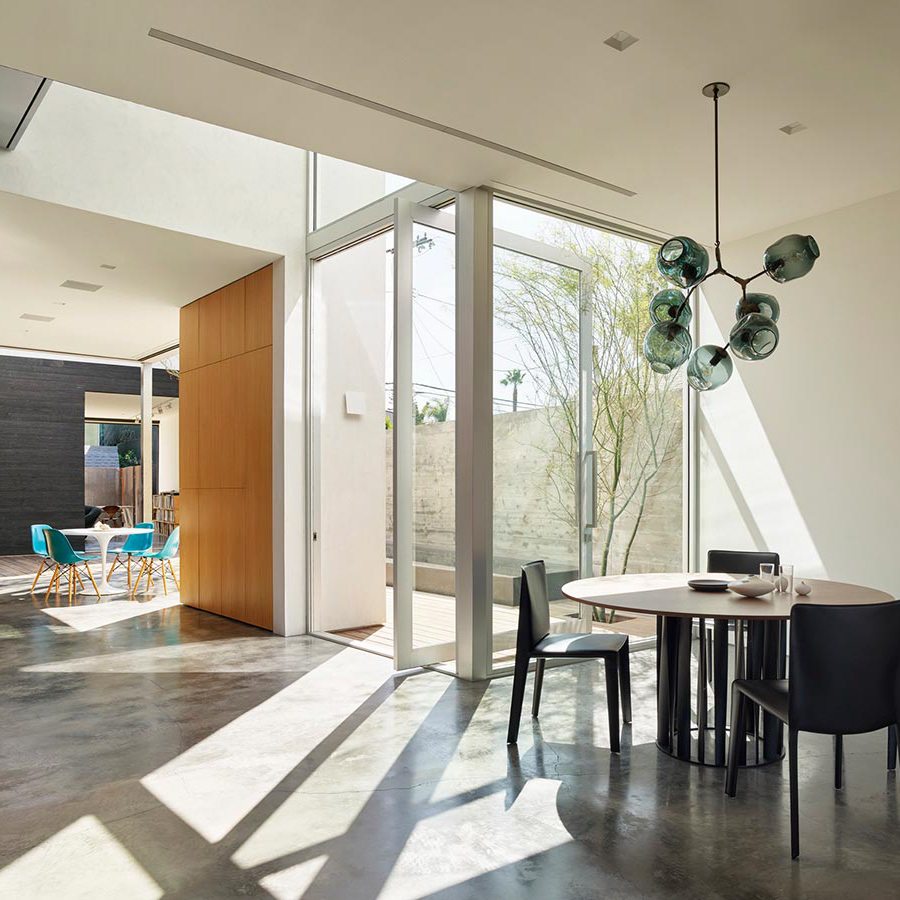Introduction
In today’s fast-paced world, stress and mental health issues are becoming increasingly common. With the pandemic and social distancing, people are spending more time indoors, leading to a lack of exposure to natural daylight, which is essential for our mental and physical wellbeing. Happy lights are one solution to this problem. These lights mimic sunlight and help to combat Seasonal Affective Disorder (SAD), a type of depression that usually occurs during the winter months. In this article, we will take a closer look at happy lights and their benefits.
What are Happy Lights?
Happy lights, also known as light therapy or SAD lamps, are devices that mimic natural daylight. They emit a bright light that is similar to the sun’s rays, but without the harmful UV radiation. These lights can be used to treat SAD, but they are also helpful for people who work night shifts or spend a lot of time indoors. Happy lights have different settings that can be adjusted to suit your needs. They usually range from 2500 to 10000 lux, which is the measure of the intensity of the light. The higher the intensity, the more effective the light is in treating SAD.
How do Happy Lights Work?
Happy lights work by stimulating the production of serotonin and suppressing the production of melatonin. Serotonin is a neurotransmitter that is responsible for regulating mood, sleep, and appetite, while melatonin is a hormone that regulates the sleep-wake cycle. When we are exposed to natural daylight, our body produces more serotonin and less melatonin, which makes us feel alert and energetic. Happy lights mimic this natural process and help to regulate the production of these hormones, thereby improving our mood and sleep.
Benefits of Happy Lights
1. Treatment of SAD: Happy lights are clinically proven to treat SAD, a type of depression that is linked to a lack of exposure to natural daylight. Studies have shown that regular use of happy lights can significantly improve the symptoms of SAD, such as fatigue, mood swings, and lack of interest in activities.
2. Boosts Mood: Happy lights can also improve our mood and overall wellbeing. They help to boost the production of serotonin, which is responsible for regulating our mood. Exposure to happy lights can make us feel more alert, focused, and energized, which can help to combat the symptoms of depression and anxiety.
3. Regulates Sleep: Happy lights can also help to regulate our sleep-wake cycle. They suppress the production of melatonin, which is responsible for making us feel sleepy. Exposure to happy lights can help us stay more alert during the day and sleep better at night.
How to Use Happy Lights
1. Choose a quality product: When choosing a happy light, look for a product that emits at least 10,000 lux of light. There are many cheap knockoffs on the market that do not emit enough light to be effective.
2. Use regularly: To get the most benefit from happy lights, use them regularly, preferably in the morning. Exposure to the light for 20-30 minutes a day can significantly improve your mood and energy levels.
3. Keep a safe distance: Happy lights are bright, so it’s important to keep a safe distance from the light source. The recommended distance is about 16-24 inches from the face.




